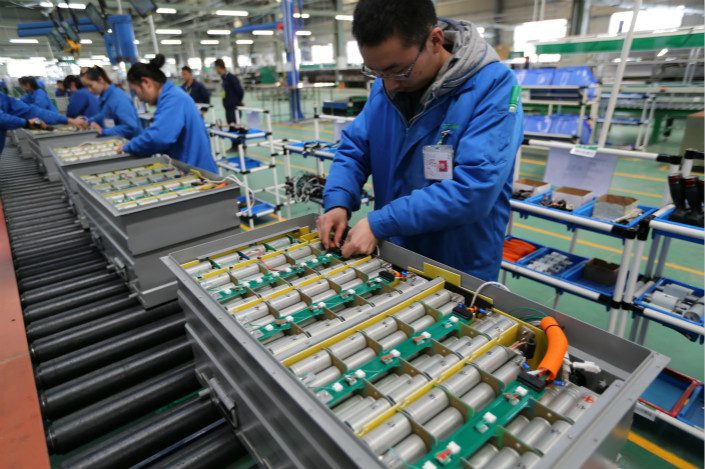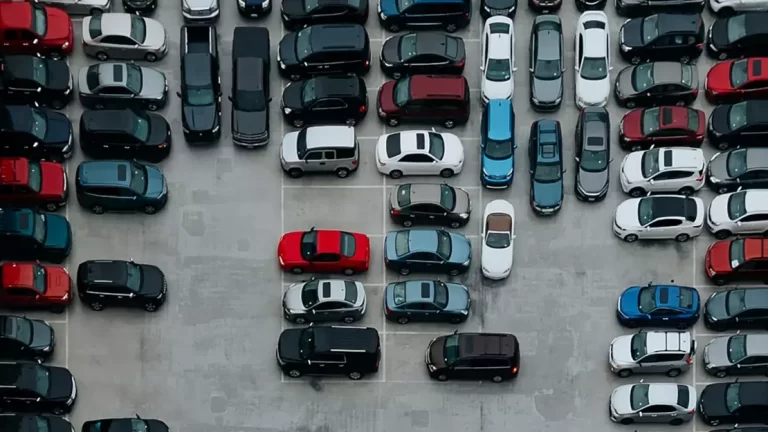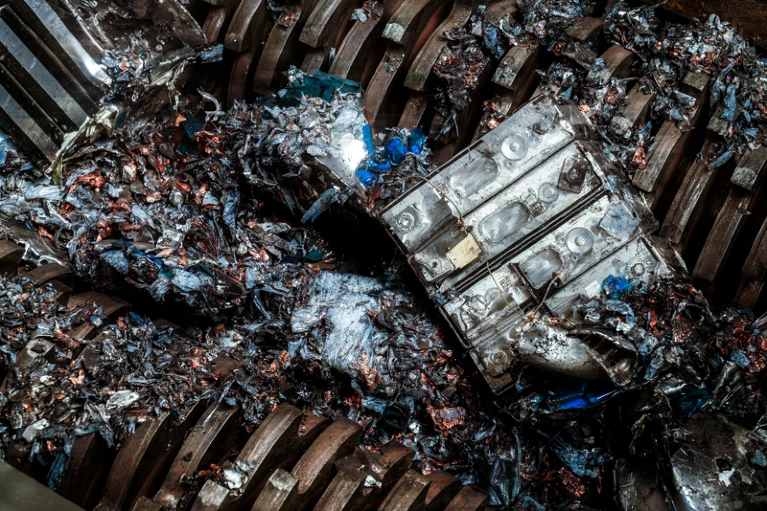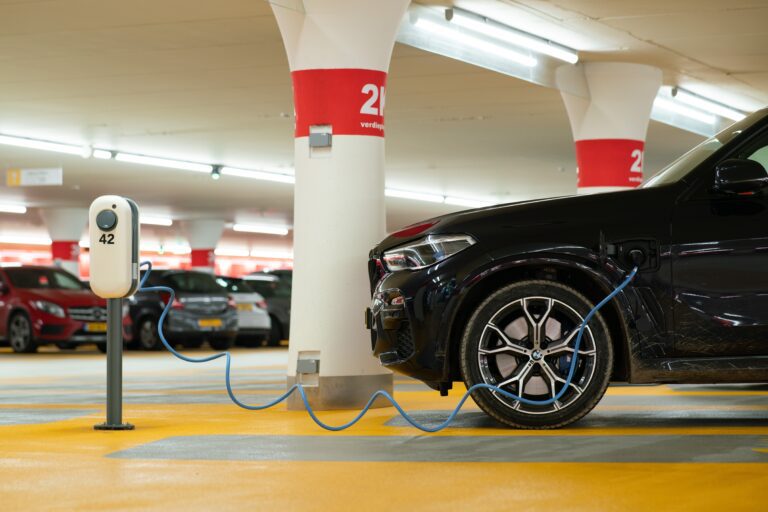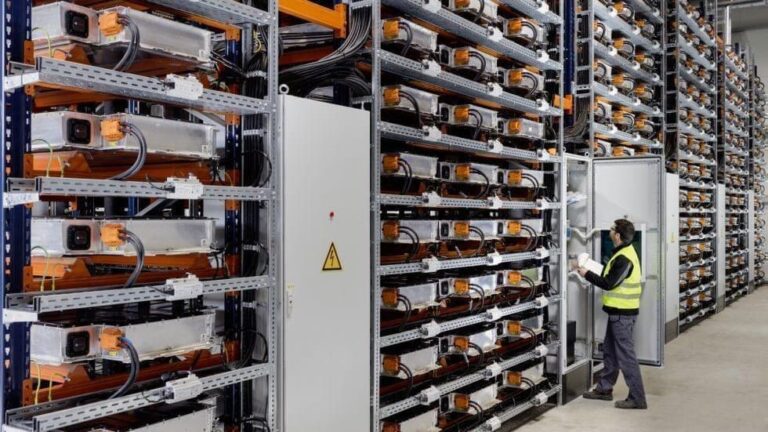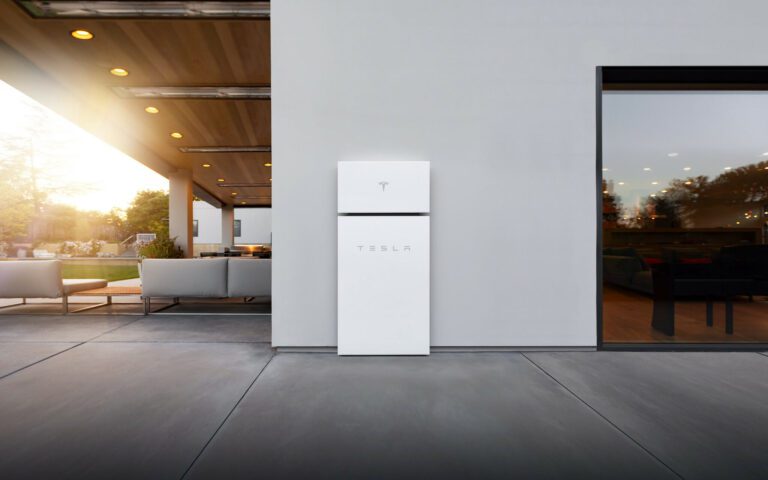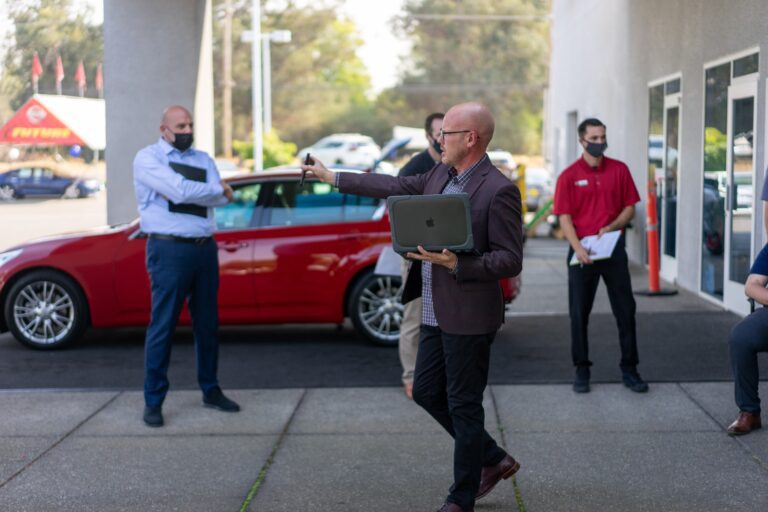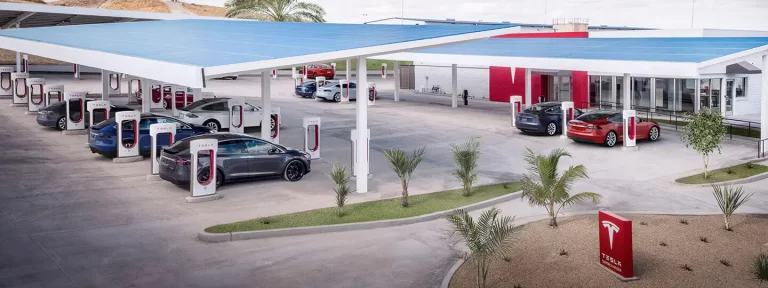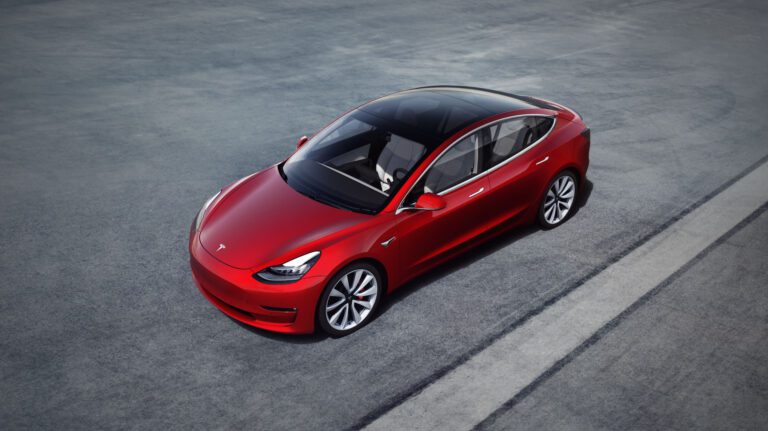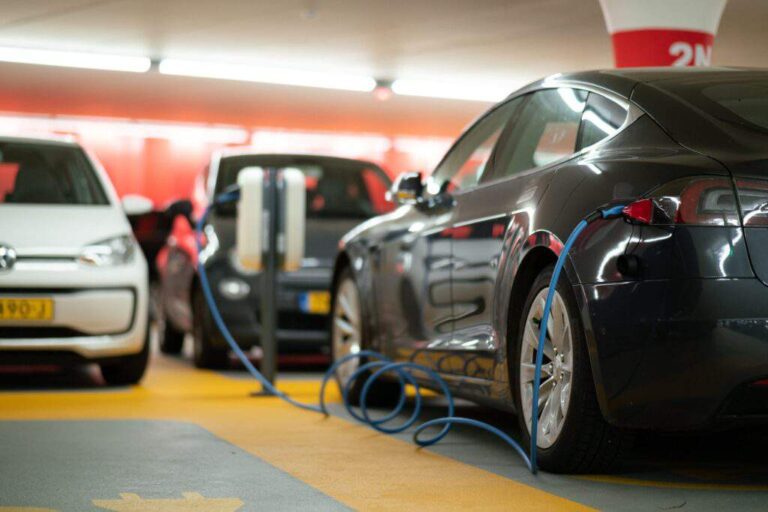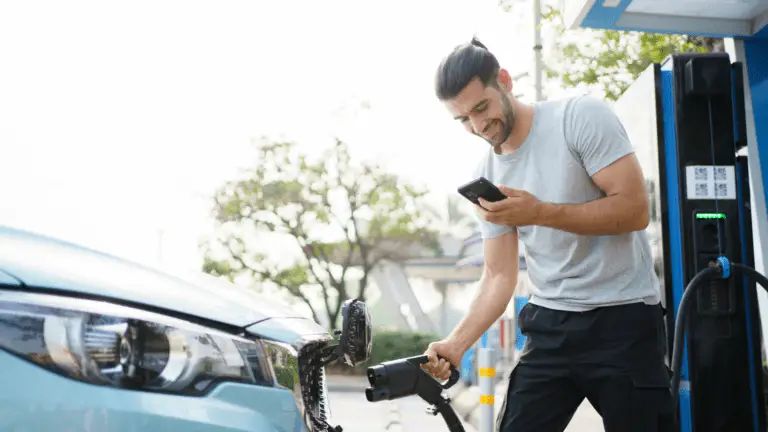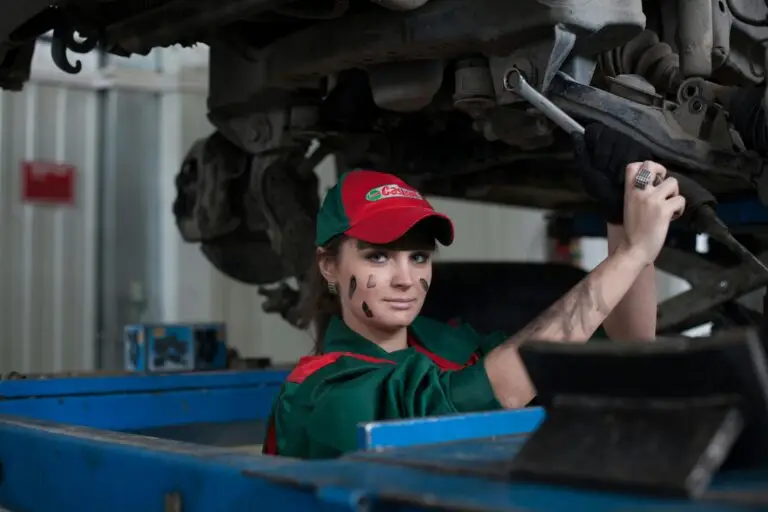Electric cars are friendly to the environment because they do not produce emissions that cause pollution. They achieve this by using electric motors that are powered by batteries instead of internal combustion engines that burn fossil fuels. However, since batteries do not last forever, replacing your EV battery is inevitable, so it is appropriate to ask what happens to EV batteries after their useful life.
The EV industry is relatively young, and many batteries from the early models are still in operation. But as the industry matures and electric cars get old, we will have to deal with battery after-life. According to some estimates, there will be more than 12 million tons of lithium-ion batteries that can no longer work in electric vehicles by 2030. This will only accelerate with nations like the UK banning the sales of new light-duty ICE vehicles from 2030.
This article looks into what happens to a battery after it is no longer fit for electric vehicles.
But first, we will look at what happens to lithium-ion batteries as they age
What happens to EV batteries as they age?
Most electric cars use lithium-ion batteries, popularized by Tesla in its first EV, the Roadster. In many aspects, these batteries are similar to those powering the smartphone or tablet on which you are probably reading this article. You would have noticed these electronic devices lose battery capacity as they age, and you have to charge them more often. This is called degrading.
Electric vehicle batteries degrade, too, with time, and the process could be accelerated if the driver relies much on DC fast chargers. This is because rapid charging produces heat inside the battery, causing damage. Some manufacturers alleviate this by combining a cooling system with sophisticated battery management software (BMS).
Degrading, however, does not mean the battery has a short life span. EV batteries last more than ten years or hundreds of thousands of miles because they have a large number of cells in the battery, to begin with. EV makers will often give a battery warranty of eight years and above or 100,000 km. In other words, you can expect to charge and discharge your EV battery thousands of times before your EV battery will need to be replaced.
When the time comes to discard an electric vehicle battery comes, what happens?
EV battery end of life
EV batteries contain compounds that could harm the environment if not properly disposed of. They could also pose a fire risk when carelessly dumped. Since the main goal of electric vehicles is to prevent environmental pollution, it is important to handle them safely.
However, an electric vehicle battery is among the heaviest components. The battery in a Tesla car, for example, can weigh about 500 kg, meaning these batteries are not easy to handle when they have to be replaced.
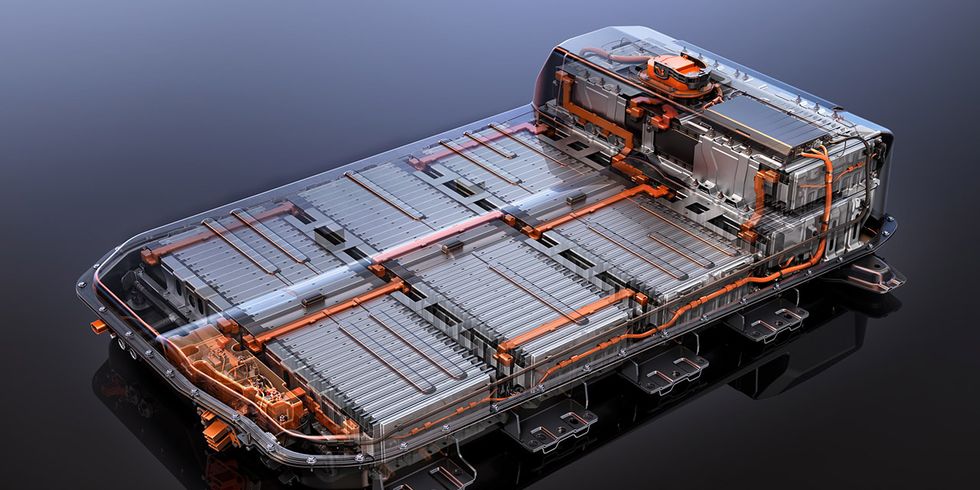
An EV battery is ready for its after-life when the capacity drops to 70 percent. At this stage, there are two possible outcomes.
Repurposing
The battery can still store considerable charge even when it is no longer fit for use in an electric vehicle. They can be used to store energy in less demanding applications.
For example, a battery with a 75 kWh capacity may retain more than 50 kWh when it reaches end-of-life. This is nearly enough to run the average American home, which consumes about 30 kWh per day, for two days.
These batteries work well with solar panels to store energy so it can be used during the night. If maintained properly, they can function for another six years.

However, after-life batteries can function in more than domestic applications. Used EV batteries can support the grid to balance demand during peak periods. Third-party public EV charging networks can also use them to support their power structure.
Lucid Motors, which has just delivered its first cars, has already been working on using its used batteries in energy storage systems. This is easy for the company because its batteries are identical to those used in energy storage, meaning it doesn’t have to do much to repurpose them. Lucid has already set up a prototype 300 kWh energy storage system at its engineering lab. It plans to retrieve the batteries when the car owners do trade-ins or through its dedicated service centres. Lucid is prepared to offer financial incentives to retrieve the battery packs when the car ends up at a dismantler.
Toyota, too, will install its old batteries for use in convenience stores in Japan, where they will store power generated by solar panels for running drink fridges, food warmers, and other equipment in the stores.
Renault will also repurpose old batteries from its popular Zoe EV in a home energy battery system called Powervault.
Repurposing EV batteries, however, only prolong their use. A time comes when the battery is no longer usable. What happens then?
Recycling
Old EV batteries do not have to end up in landfills because they contain valuable materials that can be used to make new batteries. These include cobalt, copper, lead, nickel, etc. However, the materials have to be extracted first.
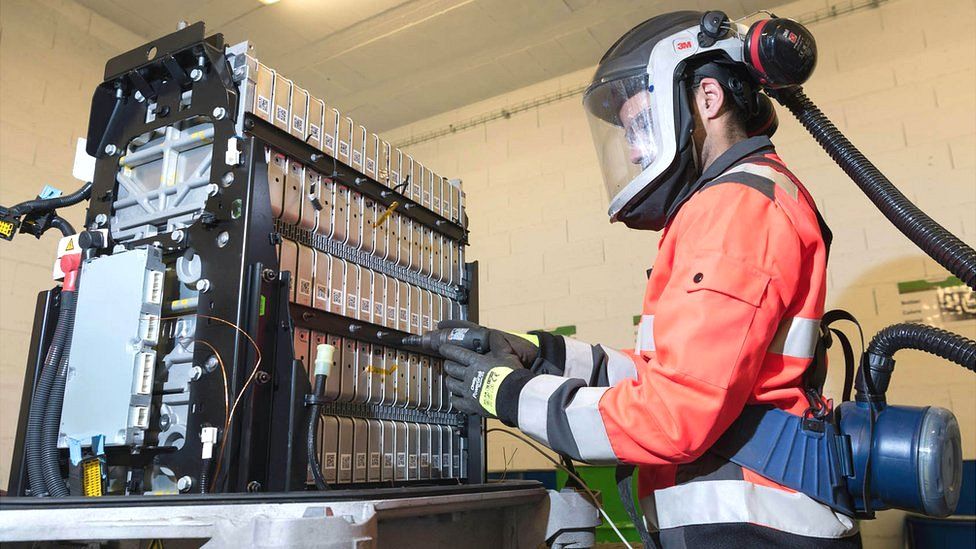
More companies are joining the battery recycling trend. This includes the most popular electric vehicle maker, Tesla, which plans to sell millions of EVs in the future. In its impact report, the American company reported it was building a recycling plant at its Gigafactory in Nevada to handle the waste from its battery production.
Not far from Tesla in Carson City, another company, Redwood Materials, formed by a co-founder of Tesla, JB Straubel, collects dead batteries and extracts valuable materials such as copper and cobalt to put them back into the battery supply chain. The company has raised more than $700 million to expand its operations.
Legislation will also help in promoting EV battery recycling. The EU, for example, has proposed regulations that target lithium-ion batteries from 2030. They include mandatory minimum recycling targets for the different components of the battery. This is in addition to requirements for battery manufacturers to pay for establishing collection and recycling systems, with the funds used to subsidize battery recyclers. This will hopefully ensure EV batteries are replaced sustainably.
Conclusion
As electric vehicles continue to see adoption, humanity will have to deal with old batteries. They can be repurposed to extend their useful life before being recycled and put back into the battery supply chain. To achieve this, the sector needs to be effectively regulated, ensure the carbon intensity of batteries is taken into account when sourcing supply and the lifetime of the battery is extended as long as possible.

